Comparing and Contrasting Language for Task 1 IELTS
If you want to achieve a higher band score in IELTS Task 1 writing, effective use of comparison and contrasting language is one of the vital language skills you need to master.
It’s is not enough to simply report what you see in a chart, table or graph.
Being able to accurately report differences in key details helps the examiner award a mark in both Task Achievement, Grammar and Vocabulary.
Comparing and contrasting can help in this respect.
If you want to increase your IELTS band score further and impress the examiner, try to vary your language and provide a number of structures when reporting the information you see.
This can be demonstrated by using a number of comparing and contrasting language structures and variations.
You need to do this accurately so it’s important to understand how some words collocate and others do not.
For example, saying ‘The USA consumed the highest of electricity in 2011′ is not correct because something is missing and this can affect your score.
In contrast, writing ‘The USA consumed the highest volume of electricity in 2011′ demonstrates to the examiner that you have a good range of vocabulary and an awareness of using language correctly.
For example, the examiner can see you understand that in this example, ‘the highest + amount/volume + of electricity’ is needed to make an accurate collocation.
So, to score well you not only need to notice and report comparisons and contrast, but do this accurately too.
So I have summarised the most commonly used ways of comparing and contrasting which are suitable for IELTS TASK 1 writing.
These can be incorporated into your writing as needed as long as you have practised how to use these phrases accurately.
Using comparative and superlative adjectives
The simplest way to compare is to adjectives.
| Adjective | Comparative | Superlative |
| high | higher than | the highest |
| low | lower than | the lowest |
These are quite easy to form although there are some irregular patterns that are worth knowing.
| Adjective | Comparative | Superlative |
| good | better than | the best |
| bad | worse than | the worst |
| little | less than | the least |
| much | more than | the most |
Remember, some adjectives requires a particular grammar construction to be accurate.
| Adjective | Comparative | Superlative |
| popular |
more popular than less popular than |
the most popular the least popular |
| expensive |
more expensive than less expensive than |
the most expensive the least expensive |
You can use these adjectives in a number of effective ways, for example as
As a statement
The figure was high. In the 2020, the number of people who worked from home was very high.
As a comparison
The figure was higher than (another figure). In 2021, the figures were lower than in the previous decade.
As a contrast
The figure was the highest. By the end of the period, this figure was the highest.
Other simple examples of comparative and superlative language you can look at are:
Sales were lower in 1996 than 1997. Sales were low in the period 1998 to 2001.
The lowest amount of energy was consumed in June.
The cost of imports was more expensive in the winter.
The most expensive imports for the period were in winter.
Using Transition words
Transitioning or signalling words are another good way of highlight a key feature in a report.
These words link an idea to another, show a connection, or a comparison or an opposite:
However, in contrast, in comparison, on the other hand and similarly are some of the common examples seen in IELTS.
The USA consumed the highest volume of electricity in 2011.
Australia, however, used the least amount (of electricity).
The USA consumed the highest volume of electricity in 2011.
In contrast, Australia used the least (amount of electricity).
More Examples:
British people spent just above £1,000,000 on imported brands.
In comparison, this figure was much lower for Italy at £500,000.
It is clear that the majority of Australians spent their holiday abroad.
On the other hand, Italians opted for staying in their country.
It is obvious that the majority of Spanish people prefer to holiday at home.
Similarly, the Italians prefer to holiday at home too.
Using Subordinating Conjunctions
A further method is to use subordinating conjunctions.
This might sound difficult or something you’re unfamiliar with, but you’re probably using basic subordinating connections already.
These types of word connect two different ideas, or independent clauses and ‘because‘ is a common example of one. 🙂
In this example, ‘because‘ provides the reason for something.
The most frequent examples for comparing and contrasting are:
| while | although | whereas |
Although Australia came first for the crime rate in 1980, this rate then dropped dramatically.
Look at how two independent clauses (ideas) can be compared.
It is clear that in 1963 food was the main expense, while 30 years later it was consumer items that came top.
Europeans and Americans each comprise 25 % of the total, whereas the figure for Africa is lower, at 10%.
The same as / similar to..
Using other ways of comparison: more/less/ as…as/ similar(to) / the same …as:
More females than males attended gym and fitness classes in the last decade.
Less electricity was consumed in 2014 due to the increased use of solar technology.
Further ways of comparing examples:
The BMW brand was not as popular as Mercedes in 2015.
Consumption rates in China were very similar to Russia.
Ireland produced the same amount of electricity as Scotland in 2014.
Scotland caught similar amounts of fish as Greenland.
In Conclusion
If you want to increase your IELTS band score and impress the examiner, vary your language when describing a chart, table or graph.
One way this can be simply done is by comparing and contrasting language and variation.
Remember that some words collocate well and others do not and there are irregular grammar constructions too.
Not all IELTS Task 1 questions will give you the opportunity to compare or contrast so it’s important that you read and fully understand the question.
Do this and then decide on your Task Reponse.
I hope you found this article useful and please feel free to comment and share.
Everything helps! 🙂
I’m Jonathan
I’ve taught IELTS and University English in more than a dozen universities and schools around the world.
I’m a parent, traveller and passionate about language teaching and helping students achieve their dreams.
Whilst living in Austria or working in Asia, I run IELTS courses to help students get to where they want to be.
If you are serious about IELTS, connect with me to see how I can help you.

The Best Approach to Task 2 Writing
Paragraphing in Task 2 Writing
Writing – Benefits of a Foreign University Education
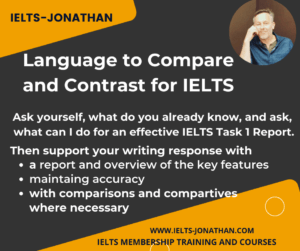

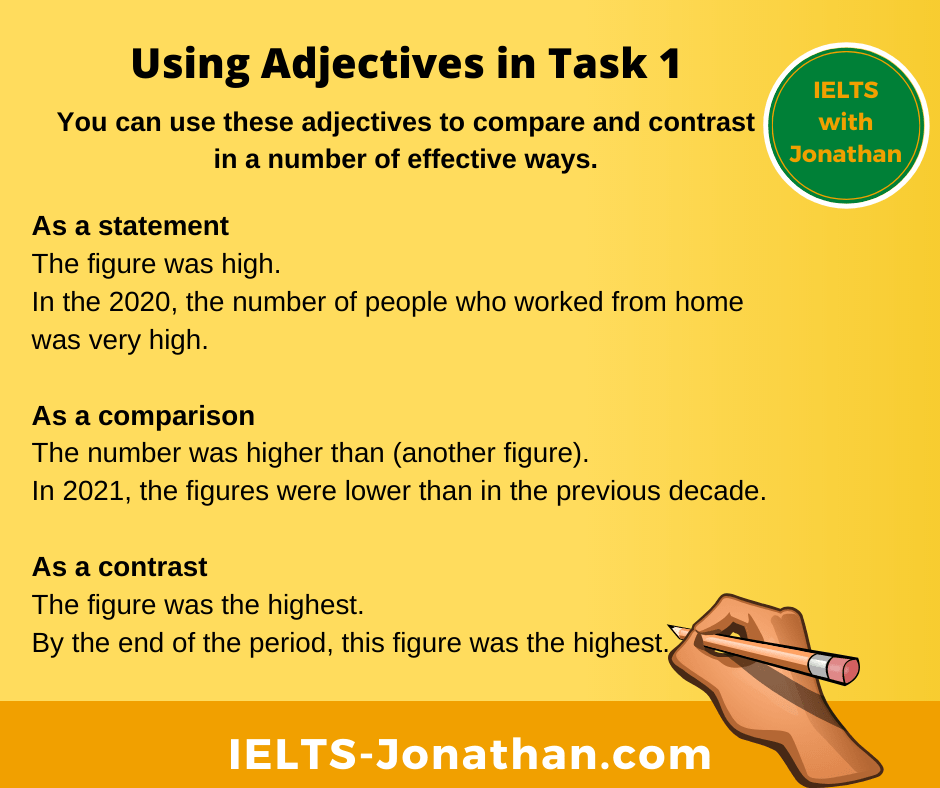
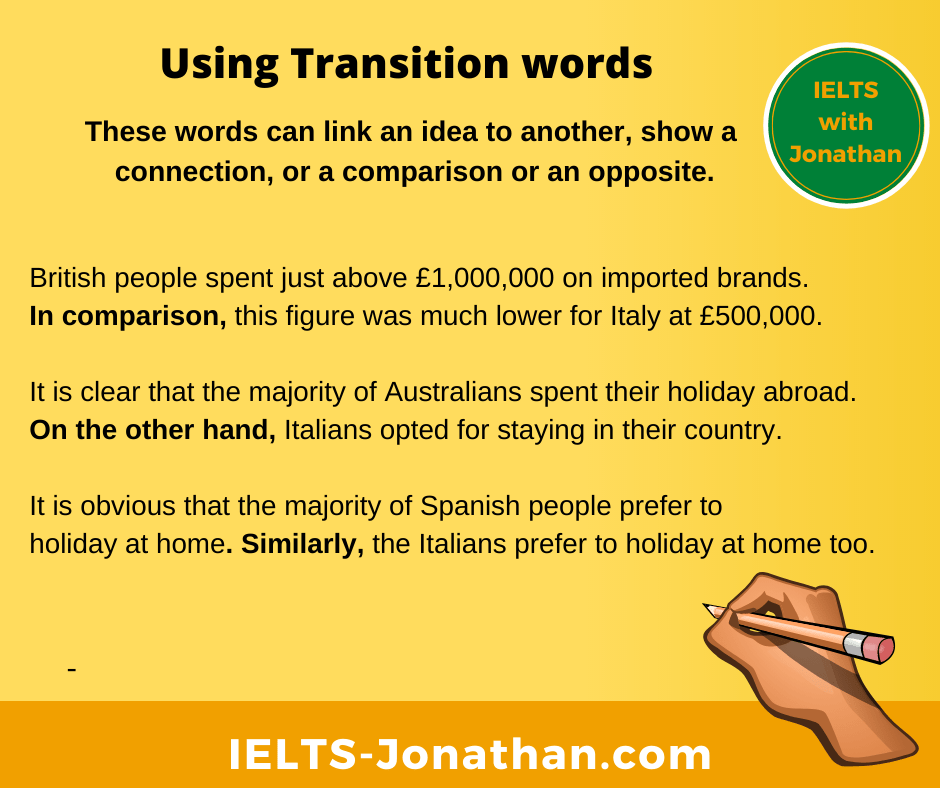
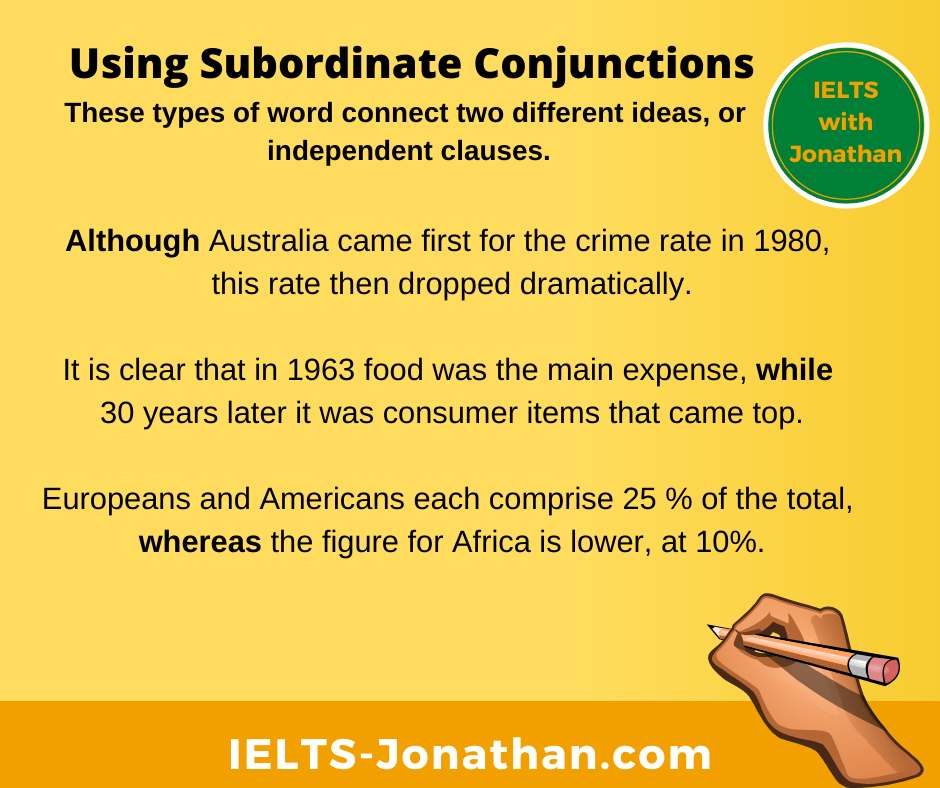
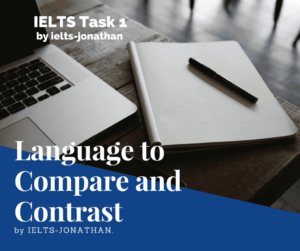

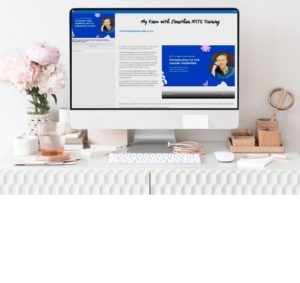
Nice examples of comparative language, how many times are best to use those phrases?
With practice you’ll get a feel for using the different structures. Try not to repeat the same structures too much though. It’s quite nice, for variation and to display what you are capable of, to try and use a variety, if possible. Of course, it depends on the information you are reporting in the Task. 🙂